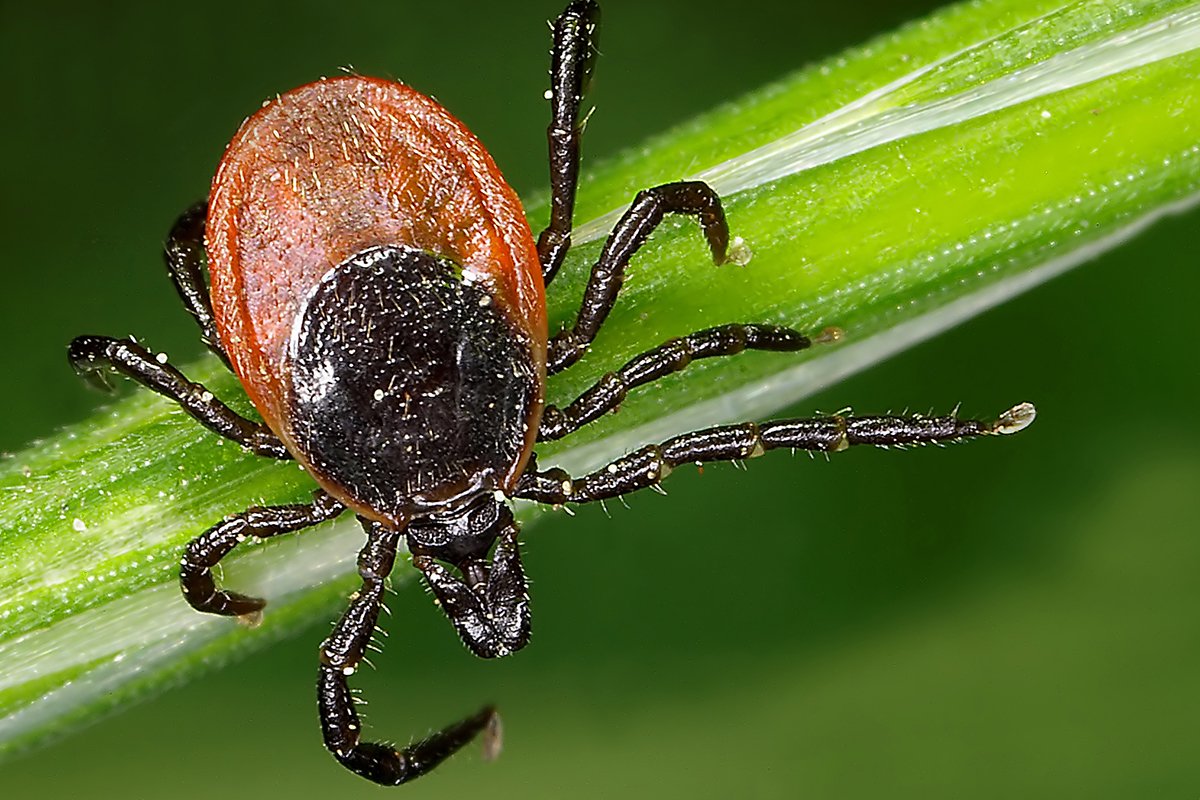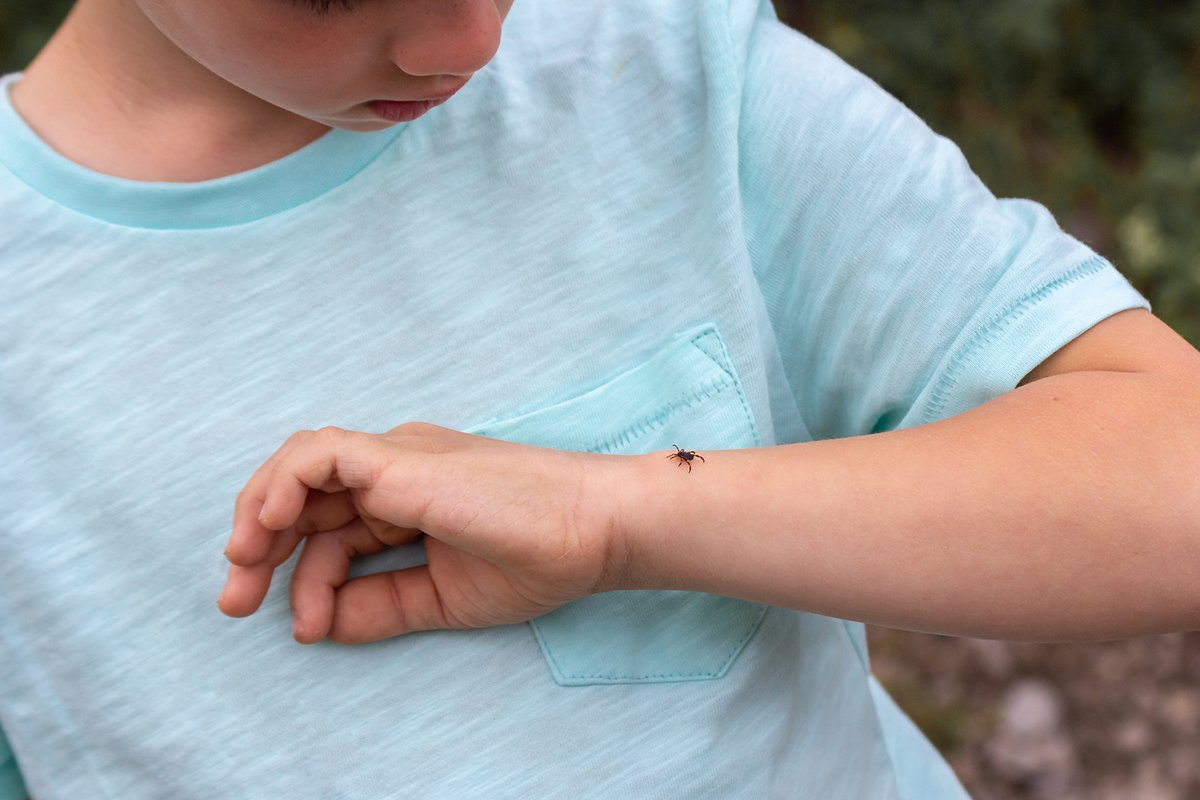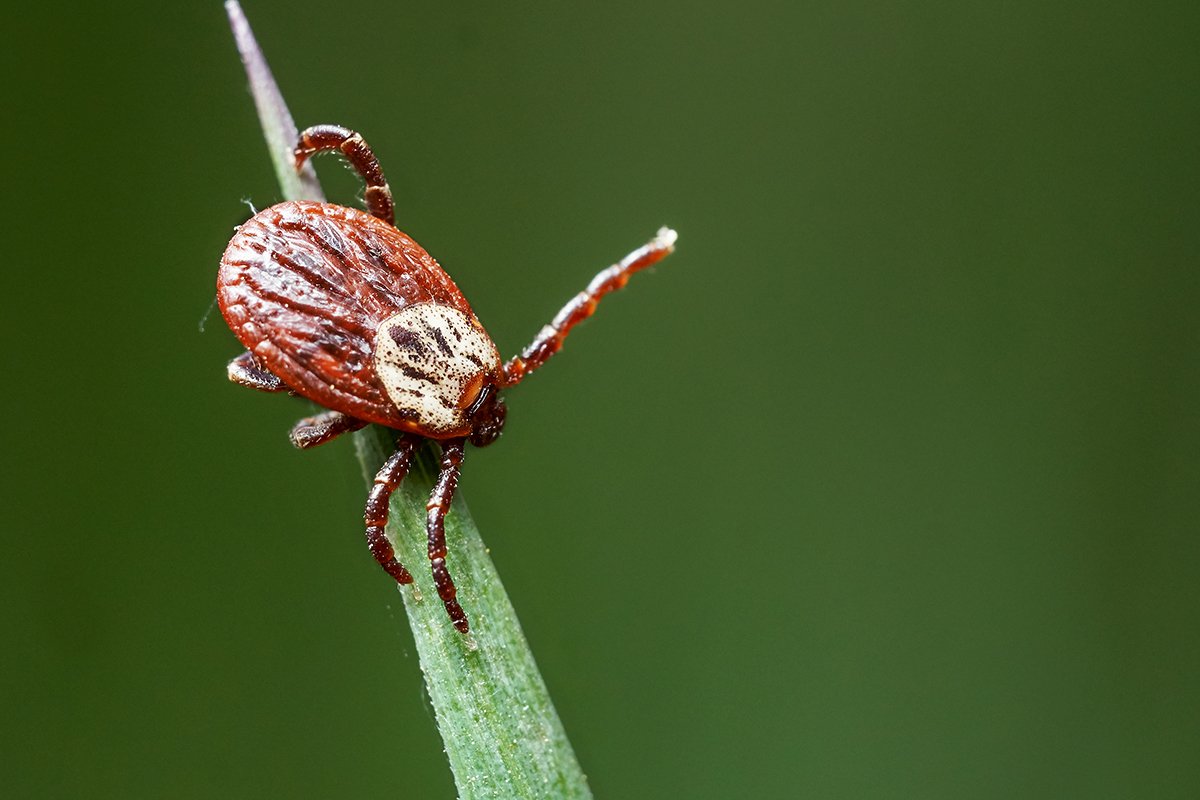Ask Outdoors: Worried About Lyme Disease? Here’s How to Stay Safe While Camping
Lyme disease is mysterious and, frankly, terrifying—especially if you spend a lot of time outdoors. While you’re camping and making a temporary home in nature, you’re at higher risk of a tick-borne illness like Lyme disease, simply because you’re more exposed. Should you just take the risk and hope for the best? Should you give up camping and avoid the risk altogether? Can you prevent Lyme disease after a tick bite?
Here’s what you need to know to stay safe while camping.
What Is Lyme Disease?

According to the Centers for Disease Control and Prevention (CDC), Lyme disease is the most common vector-borne disease in the United States. When blacklegged ticks infected with the bacterium Borrelia burgdorferi and sometimes Borrelia mayonii bite a human or nonhuman animal, they could transmit the disease if not removed promptly.
The CDC lists typical symptoms of Lyme as fever, headache, fatigue, and a skin rash called erythema migrans, which looks like a bulls-eye. If untreated, the CDC warns that the infection can spread to joints, the heart, and the nervous system.
Most cases of Lyme disease can be treated successfully with antibiotics, but it’s possible that Lyme can trigger an auto-immune response, causing lingering symptoms. This has been dubbed Post-Treatment Lyme Disease Syndrome (PTLDS).
Thankfully, there are some precautions you can take when camping, hiking, or engaging in other outdoor activities to keep yourself safe from ticks and their nasty diseases.
How to Prevent Lyme Disease
To prevent Lyme disease, you must prevent tick bites. The CDC says ticks prefer “wooded and brushy areas with high grass and leaf litter.” Unfortunately, tick territory can also include almost anywhere outdoors, so it’s best to be proactive, even if you’re not in a wooded area.
The best ways to prevent tick bites include:

- Wearing protective clothing, including long-sleeved shirts, long pants, and socks to minimize exposed skin.
- Using insect repellent, especially those containing DEET, picaridin, IR3535, Oil of Lemon Eucalyptus (OLE), para-menthane-diol (PMD), or 2-undecanone.
- Checking your body, clothing, and gear for ticks after being outdoors, and being thorough about it. (Be sure to check tricky areas on your body, like the hairline, underarms, groin, and behind the knees.)
- Treating clothing, gear, and pets with tick-prevention products before entering tick territory. For clothing and gear, you can consider pre-treating with permethrin, but this substance is “a weak carcinogen” and should be used with caution.
- Cleaning your body after outdoor activities. The CDC’s advice is to shower within two hours of an outdoor activity to wash off any ticks that have hitched a ride on your body but haven’t bitten you yet. However, if you’re camping, a shower might not be an option. A birdbath-style “shower” using a bucket and washcloth will have to do. This is a great time to do an extra tick check.
If You Find a Tick
If you find a tick on your body, whether it’s attached or not, get it off as soon as possible—but preferably not by swiping it off and leaving it to bite someone else . . . and definitely not by crushing it, because that can infect you too. You can kill or contain a live tick by putting it in rubbing alcohol, placing it in a sealed bag, wrapping it in tape, or flushing it down a toilet (if you have access to one).

If you find a tick that’s attached to your skin, use a pair of tweezers or a tick-removal device to grasp the tick and pull it off (if you’re using a tick-removal device, follow the manufacturer’s instructions). If you’re using tweezers, take care not to twist as you pull, because the mouth parts of the tick could break off and stay attached to your skin.
After removing the tick, the CDC says your next step should be cleaning the area and your hands with soap and water or rubbing alcohol.
Can I Prevent Lyme Disease After a Tick Bite?

Unfortunately, after an infected tick bites you and transfers bacterium into the wound, there is no way to stop the infection. However, transferring bodily fluids does not happen instantly when a tick bites you, which is why it’s incredibly important to check for and remove ticks as soon as possible. In fact, removal within 24 hours is the goal, because the CDC states that a tick must be attached for 36-48 hours or more before the Lyme disease bacterium can be transmitted.
After a tick bite, watch for signs of Lyme disease, and seek medical care immediately if symptoms develop.
Source: https://outdoors.com/how-to-protect-yourself-against-lyme-disease/







